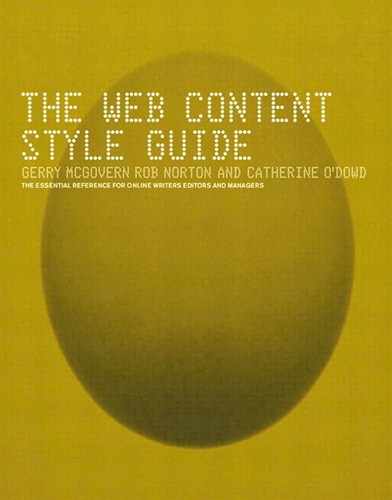Editing Yourself
Learning to write polished, concise prose is a difficult, sometimes maddening process. Learning how to do it routinely, under deadline pressure, is exceedingly difficult. The authors of this book have been at it, professionally, for a collective 40 years, and are still learning.
There are, however, some simple techniques—tricks, you could say— that can help any aspiring writer become more effective. One of these tricks is more about mindset than mechanics: force yourself to switch roles, think like an editor, and critique your own writing. This can bring new discipline to the writing process.
For many writers, getting the first rough draft of a memo, report, or article onto the screen is the most laborious and painful part of the writing process: organizing your ideas, wresting them from your mind into words and phrases, sentences and paragraphs, confronting the fact that what you have to say rarely seems as good on the screen as it did in your thoughts—none of it is easy. This is probably what Samuel Johnson was thinking when he noted that “No man but a blockhead ever wrote ... except for money.”
No wonder, then, that most writers—and nearly all novices—are only too willing to wash their hands of their first draft as soon as they’ve finally got it all down. But what the best professional writers learn is that they can improve their writing significantly if they can switch roles at this point, take a break, then return to their writing, but this time looking at it from the point of view of an editor. Again, your word processor’s word-count function is an invaluable tool: count the number of words you’ve written, and set an objective for cutting them back. Many experienced writers routinely cut their own first drafts by anywhere from 25 percent to 50 percent.
The editor’s motivations are very different from a writer’s. The editor must be an advocate for the reader, not for the writer. Uppermost in the editor’s mind is the question of how easily the reader will be able to grasp what the writer is trying to say. The editor isn’t concerned—at least not primarily—with how difficult it was for the writer to write the article, how proud the writer is of a particular word or phrase, how hard the writer worked to shoehorn a particular fact or anecdote or detail into the article.
The editor must question every word and every sentence, asking
Is this clear?
Is there a simpler way to say this?
Is there a shorter way to say this?
Is this necessary?
The editor must be willing to rephrase anything that’s ambiguous, to simplify anything that’s unnecessarily complex, and to cut whatever isn’t essential—to cut entire sentences or paragraphs, if needs be.
The first trick in editing yourself is to leave enough time. If you’re writing a 500-word article and it’s due Friday morning, make sure you finish it Thursday morning so that you can set it aside for a few hours, go have lunch, then return to it, prepared to devote another couple of hours to it.
The second and harder trick is to put yourself into the mindset of an editor. One way to do this is to make a game of it. Pretend that someone else has written the piece and that it’s your job to expose its weaknesses. Talk to yourself about the writer. Say, “Okay, what is he trying to do here?” Better yet, say things like, “What was she thinking here?” and “Do we really need this last paragraph?” The object is to detach yourself from the ego that the writer—you—has invested in the article.
Some writers find that a good way to critique their own work is to print it out at this point, and make corrections, changes, and queries in pen or pencil on the written draft. Switching media somehow seems to aid the process of viewing a piece of writing objectively. Then take the marked-up copy and go back and rewrite what you have on the screen.
Try it, and as an experiment, keep a copy of both your first draft and your final self-edited draft. After a week or two, go back and compare the two. Chances are, this exercise will make a believer of you.
